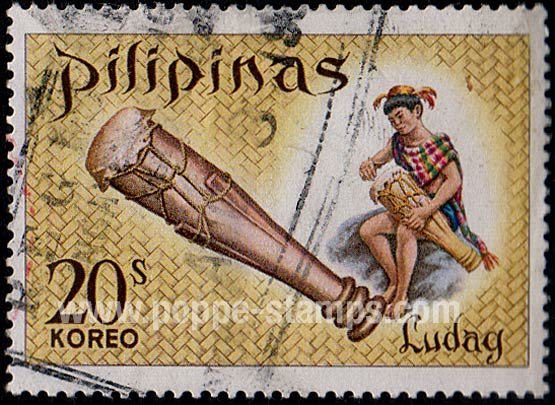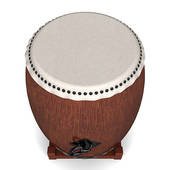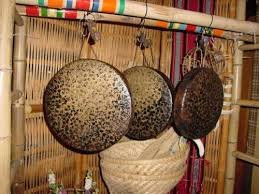Life & Culture of Filipino: Percussion Instruments Part 2
Life & Culture of Filipino
Percussion Instruments Part 2

Image Source
LUDÁG
There are many kinds of ancient drum. For instance, we have this drum of the Apayaw which is called ludag. This drum is more or less one and a half meter in long. This is made of wood and whole lenght is hollow and its lower in is close. The word ludag in the Visayan dialect means "lay down below," and name was given this instrument is because the player of this instrument played it by hitting the covered part of the drum while placing it on top of their lap.

Image Source
NÉGET
This instrument also came from the Tirurays in Cotabato Philippines. It has around 30 centimeters long and its head is around 20 centimeters in diameter. This is made of the lower part of the palm brava, has hollows and openings on the upper end which is covered with deer skin. Neget reminds of the drum of the Indians which leader in Nagara is known as Dundubhi in the early sanskrit epic. This drum were reported by Dr. A. M. Meerwarth, assistant trustee of Ethnographical Museum in Petrograd Russia. In writings titled "Guide to the Musical Instruments Exhibited in the Indian Museum that was published in Calcutta, India in the year 1917.
There is also a generic drum that is known in the Visayan which is called gimbal, which means drum in the Tagalog & Bicol dialect. Old Guimbal is the name of one of the oldest community in the province of Ilo-ilo, it could be because during the old times, drum is fabricated there. Also in the municipality of Laguna, where one of its community is called Paete from the word "paet" because during the old times, there are lots of carpenter and sculpture in that community.
It could be that the word "paet" were integrated with "e" in the last part of the word to make it look like a Spanish word, like the "Kabite" from "Kawit," "Parañaque" from "Palanyag," "Malate" from "Maalat," "Marinduque from "Malindok," "Masbate" from "Masbat," "Antique" from "Hantik," and many others. In the some region in the Northern Luzon, there is a drum which is called "tambul," which name could from the Spanish word "tambor."

Image Source
GÁNSA
This is the generic name of another kind of metal gong which is usually called as gansa in Apayaw and Ifugao. The bigger size is called "kooñgan" and the small ones as "kalos." However, in Sulu, the bigger size is called "makatupag." In Mindanao and Sulu, "agong" is the overall name of this instrument but there few places in Mindanao which called it as gansa. The instrument is played by holding the leash with the left hand while the right hand will hit it using the beater which head part of coverd with cloth. Gansa has a diameter of around 25 centimeter.
Let's discuss few things about the name "gansa." As you can see, the word was "gansa" was written without a nose sound in the first syllable, which means, if we follow the usual ortography, no "g" should be place after the letter "n." My reason is that, "gansa" is an old name of metal.

Image Source
Source:
Buhay at Kulturang Filipino
By: Norberto Romualdez